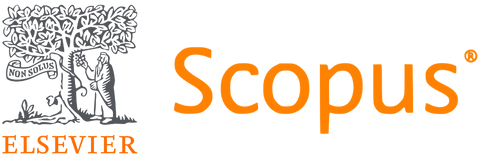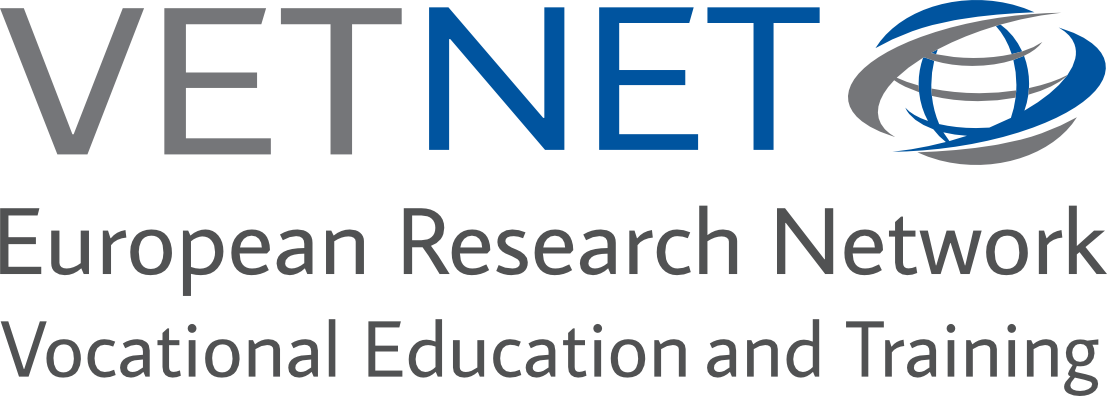Universities' Engagement with Vocationalism: Historical Perspective
DOI:
https://doi.org/10.13152/IJRVET.3.3.2Keywords:
VET, Vocational Education and Training, Graduate employability, Graduate unemployment, Learned professions, Vocational relevance, New vocationalism, Graduate destinations, Graduate jobsAbstract
The aim of this article is to explore the historical context of vocationalism in universities. It is based on an analysis of the history of the university from a vocational perspective. It looks for evidence of vocational engagement in the activities of universities over time, taking a long view from the birth of the Western University in the Middle Ages to the 1980s with the emergence of current issues of vocationalism in university education. It adopts a chronological perspective initially and then a thematic one. The main findings are: (1) vocationalism in university education is as old as the Western University itself, (2) there is evidence from the start of the Western University of vocational engagement in terms of the provision of vocationally relevant subjects, vocationally relevant skills and the development of vocationally relevant attitudes, (3) whereas most graduate employers used to be concerned with the vocationally relevant knowledge, skills and attitudes students acquired on their degree courses, most are now more concerned with graduate capacity and disposition to learn within their employment after graduation and (4) subject-centred education is compatible with university education that supports the vocational aspirations of students.





